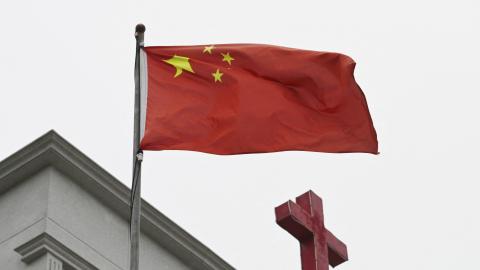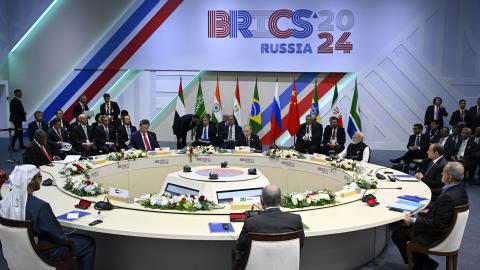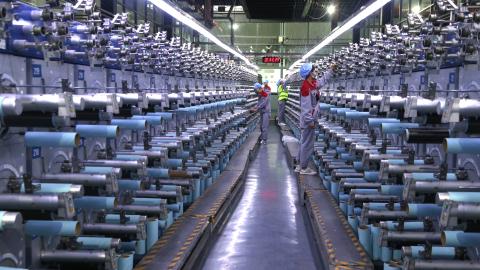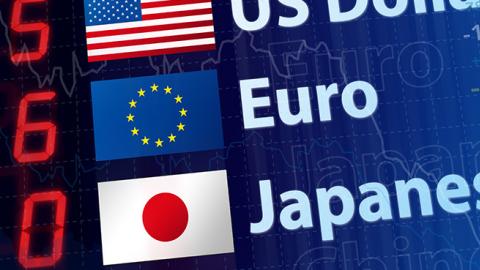What do German and Japanese savers share in common? They have both been laboring under years of a repressive financial regime officially justified by the pursuance of the so-called “2 percent inflation target."
Many skeptics believe the true purpose of this monetary policy has been the collection by stealth of a huge tax grab. What is the need for that? In the case of Japan the aim is obvious – holding at bay a dramatic deterioration in already weak public finances. For Germany the “need” has been vast transfer of resources into Italy whereby 20% of that country’s national debt is now effectively backed by the Bundesbank.
What is the best prospect for savers escaping from this predicament? Not domestic political pressures of which there is remarkably very little in either country. Rather, strangely, they might more realistically hope that President Trump will take aim at the currency manipulation policies of both countries which lie at the origin of their plight.
The tax grab results from the suppression of interest rates. Powerful disinflation (integration with China, price expectations inertia for Japan, downward pressure on high cost structures in periphery Europe) mean that central banks have been able to continue with negative interest rates and barely positive long-term interest rates and still the 2 percent inflation target is not met. 0.3% on 10-year German government bonds and 0.1% in Japan are substantially negative in real terms meaning cheap funding for the state.
Yet there is no political groundswell of opposition. In Japan PM Abe has easily overcome obstacles, including the recent LDP leadership election. In Germany, an ally of Chancellor Merkel won the key vote for CDP party chair. In both countries, big business exporters love the cheap currencies (yen and euro). Many households are enjoying the upward movement of real estate prices. Japanese investors have enjoyed the ride of momentum stocks and the income from carry trades, whether made directly by themselves of by their ultimate pension providers. And German investors may also be inclined to reflect more on their house price gains and foreign currency gains than count the tax by stealth.
All of this can change very fast—as fast as asset inflation turns to asset deflation. It is then that all the mal-investment comes home to roost. The Japanese savers will find out that those institutional investors (including public sector) on whom they were pinning their hopes to make up for zero returns on money and bonds failed them ultimately. The carry trades and momentum trades blow up. And a bloated export sector will be revealed in both Germany and Japan which cannot possibly survive in present form.
Worse still, all those foreign currency investments bought when the yen and euro were far undervalued will register exchange losses. The Germans will find their real estate gains shifting into losses and an old ever-present worry resurfaces—that the pension system is bust.
Maybe that is a time when President Trump coming to bang on the doors of the powers that be demanding that they abandon currency manipulation (meaning interest rates are freed) or else there will be big tariffs imposed (especially on automobiles) will not get a kind response, even from the swindled savers in both countries. But they should think again. Perhaps the future is not so bleak, with liberation at hand.
The big exporters in Germany and Japan who have been cheering the savings repressors might conclude that better than suffer a trade war is to free up interest rates and currencies. That means greater prosperity in the future. But there is no denying the grimness of the losses that will pile up in the interim.


















